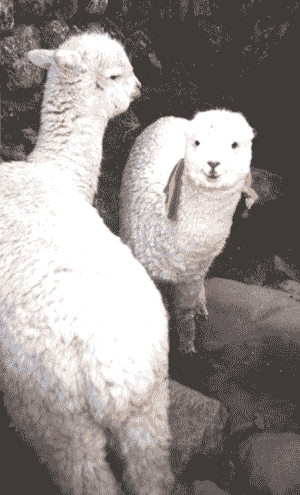
e.g. Paqarinsi tususunchis. = (They say that) tomorrow we will dance.
(paqarin = "tomorrow") (-si = reportative "they say") (tusuy = "to dance") (-sunchis = 1st person plural inclusive future tense conjugation.)e.g. Marías sutin. = (They say) her name is María.
(-s = reportative "they say") (suti = "name") (-n = 3rd person singular possessed "her")e.g. Wasiykipis tusunki. = (They say) you dance in your house.
(wasi = "house") (-yki = 2nd person singular possessed "your") (-pi = locative "in") (-s = reportative "they say") (tusuy = "to dance") (-nki = 2nd person singular present tense conjugation)e.g. Payqa allintas takin. = (They say) she/he sings well.
(pay = 3rd person singular subject pronoun "he/she") (-qa = topic marker) (allin = "good") (-ta = adverbalizer) (-s = reportative "they say") (takiy = "to sing") (-n = 3rd person singular present tense conjugation)
1. Fill-in the suffix
2. Multiple choice
3. Matching